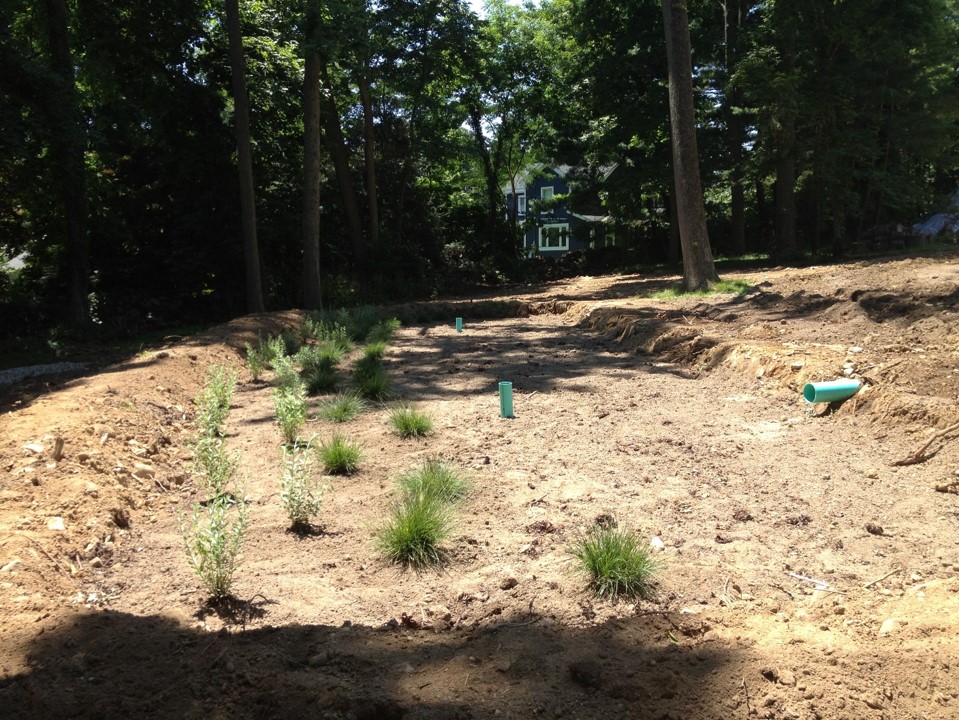
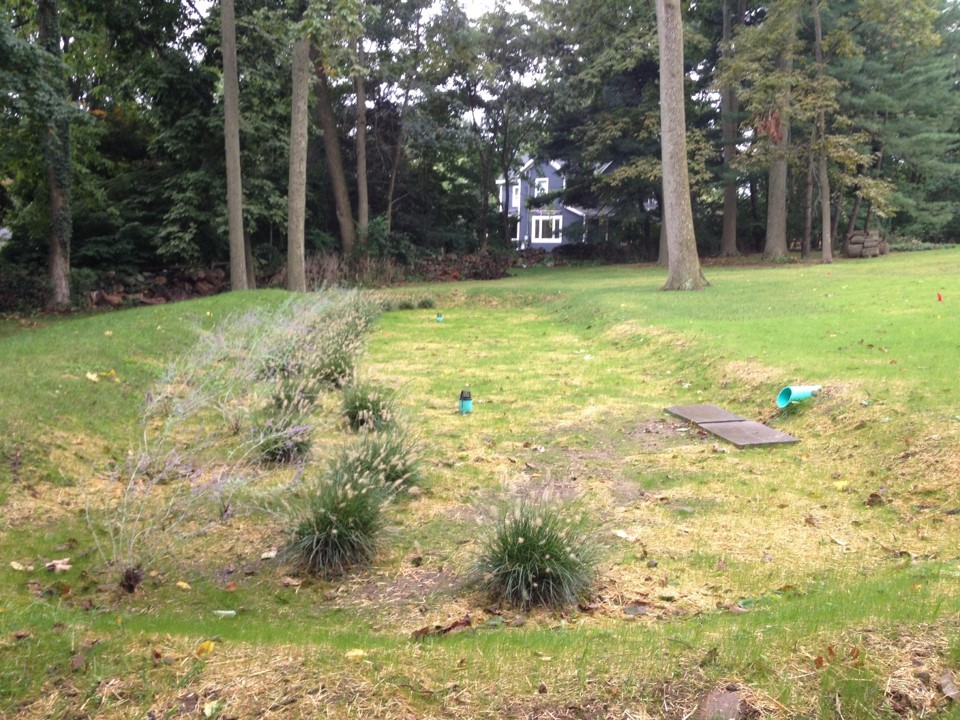
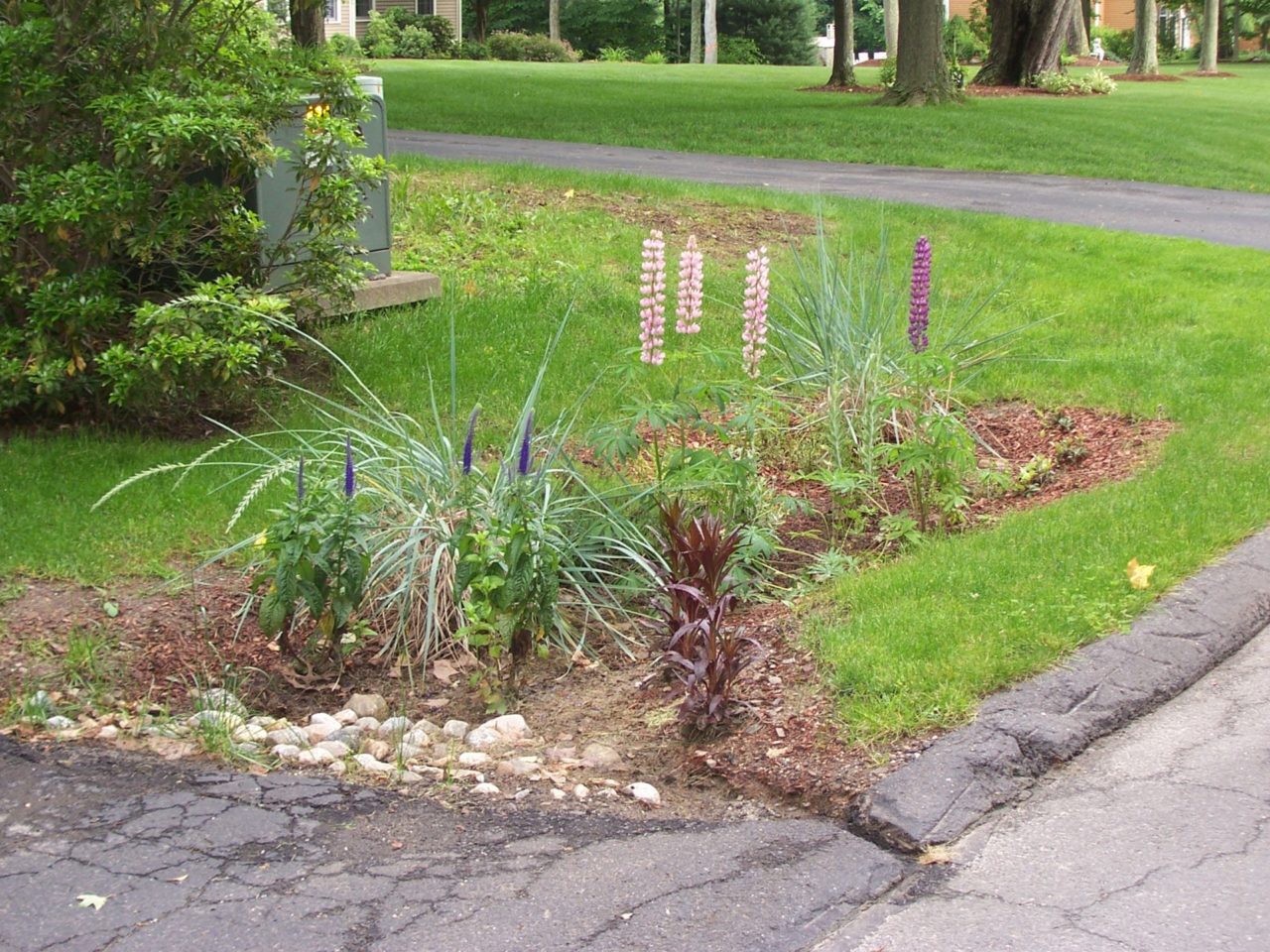
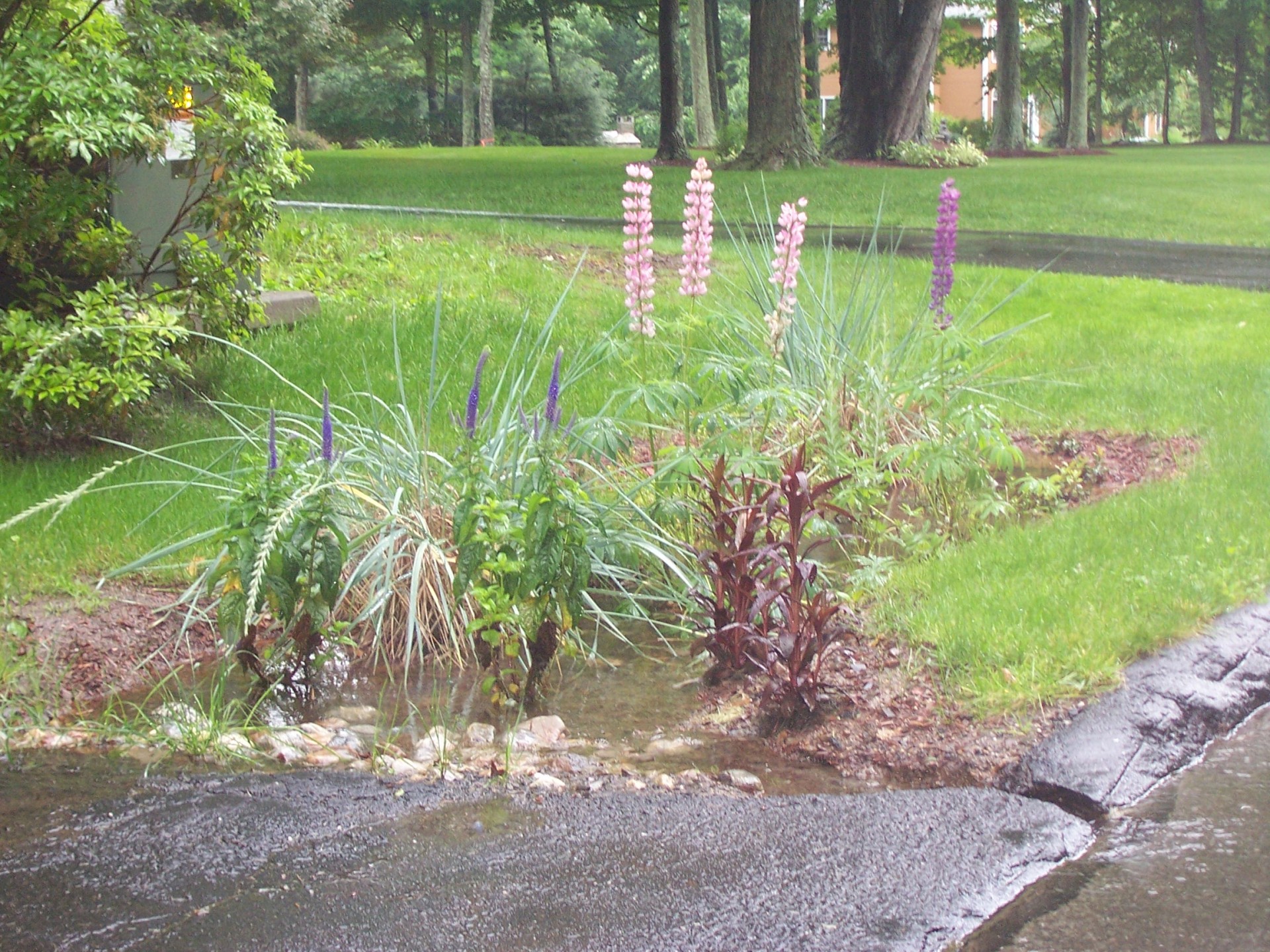
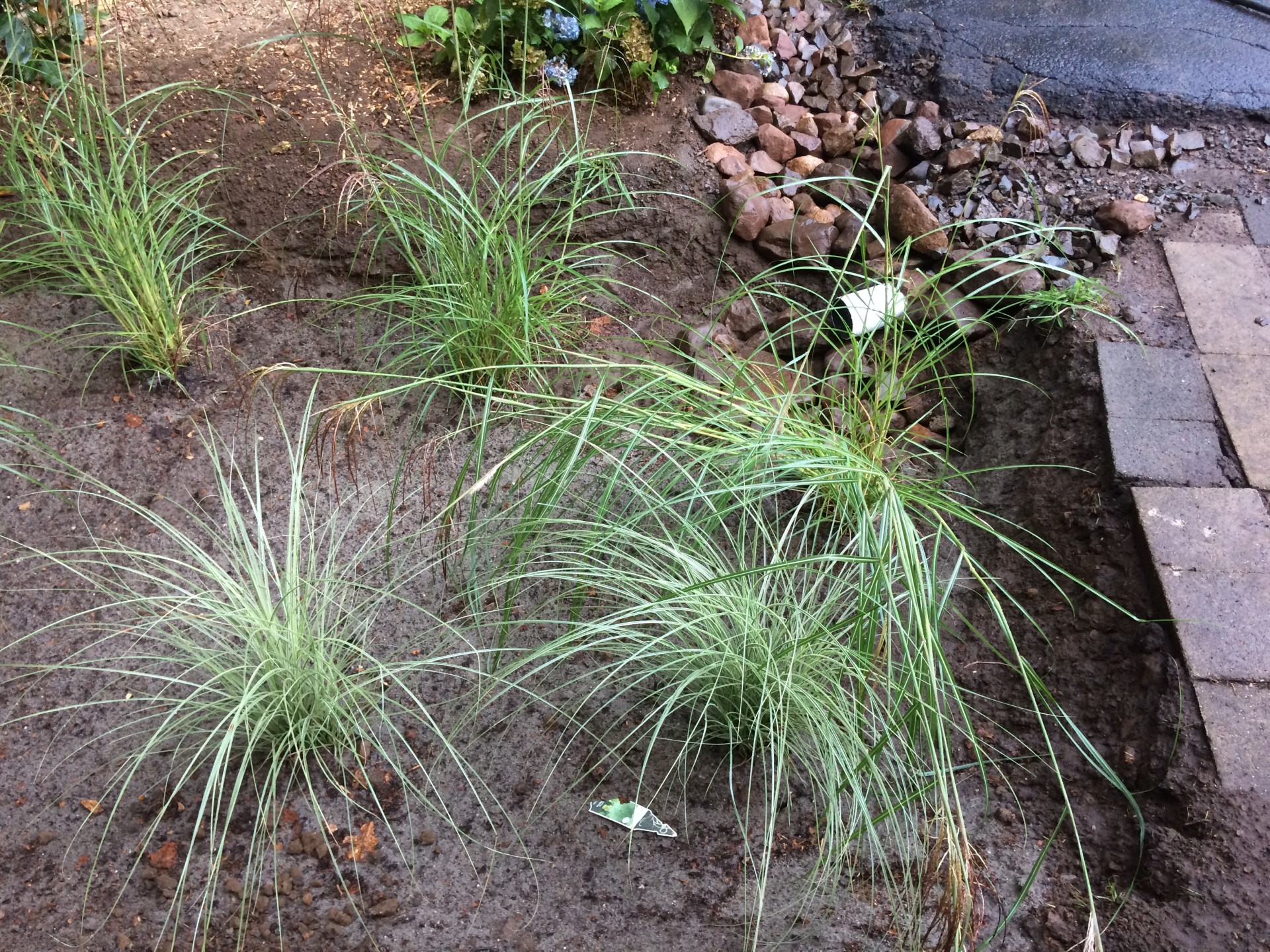
Bioretention
Bioretention (aka rain gardens) systems are depressed landscaped areas which are designed to accept runoff from roofs or other impervious surfaces and then filter the runoff through a soil media prior to infiltrating the runoff back into the ground. They are planted with native upland plants and can even be covered in sod. They require minimal maintenance by the homeowner and are very effective at reducing runoff volumes and pollutant loads. The basic design can be modified to handle rainfall events significantly larger than the 1” rainfall event and increase runoff infiltration in certain situations. These systems can be designed with and without an underdrain depending upon the natural soil conditions.
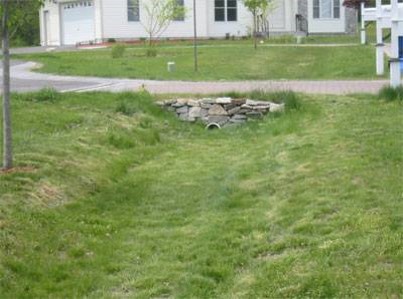
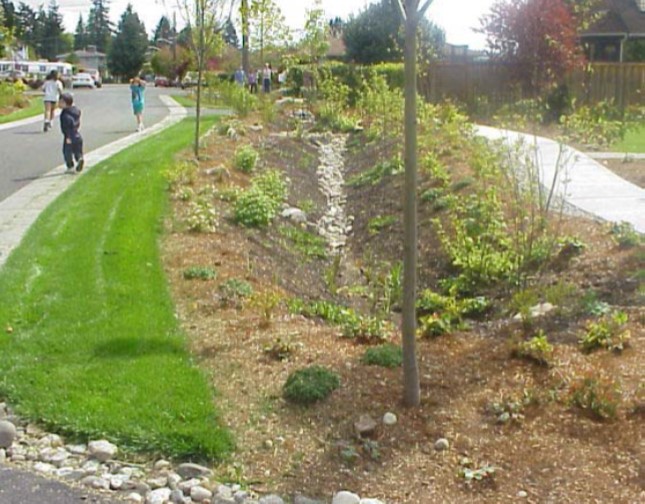
Dry Swales
Dry swales (aka Bioswales) are commonly used along low intensity roadways to collect runoff from the roadway, filter the runoff through a soil media or native soil and infiltrate the runoff back into the ground. They are commonly maintained as grass, which simplifies the maintenance of these linear systems. They can also be planted with native upland plants such as shrubs as was done for in Seattle, Washington for the High Point Redevelopment project (LINK). These systems can be designed with and without an underdrain depending upon the natural soil conditions.
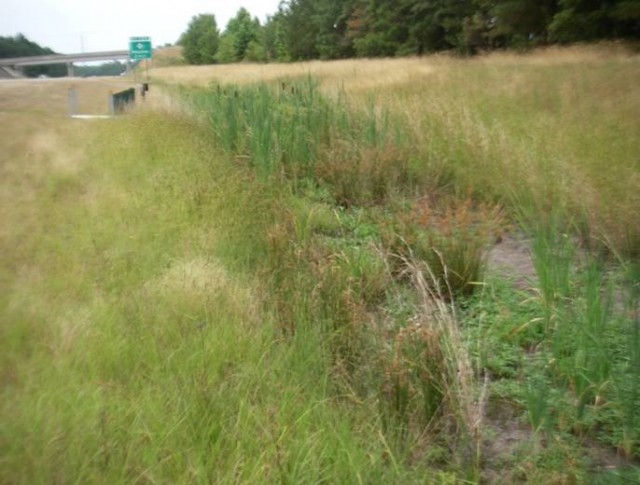
Wet Swales
Wet swales are also used along roads, primarily high intensity roads such as interstate highways to treat and convey runoff from the paved surface. Wet swales must be located in areas with high seasonal groundwater table in order to maintain a saturated environment for the wetland plants which are placed in these swales. They are very effective systems as well as being low maintenance.
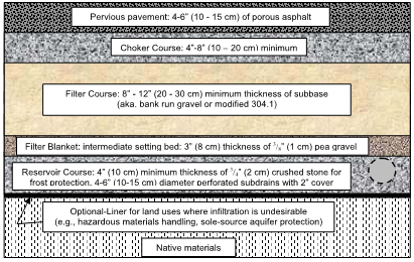
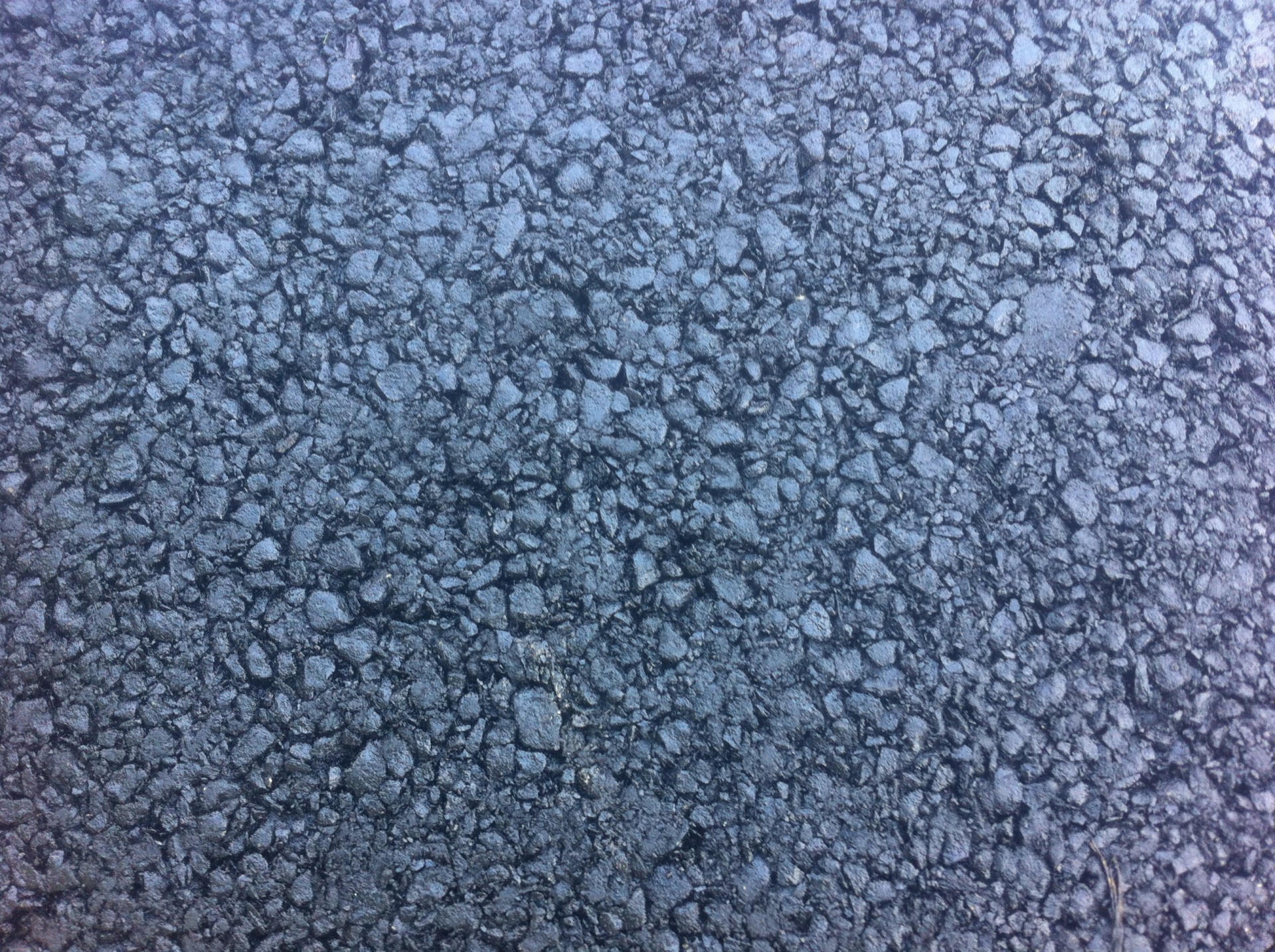
Permeable Pavement Systems
There are several types of permeable pavement systems which can be implemented on projects, including permeable asphalt pavement, porous concrete, permeable interlocking concrete pavers, and open cell pavers with grass or gravel. These systems are appropriate for low traffic applications such as parking spaces, roads which serve low density developments, sidewalks and overflow parking areas. While the surfaces are variable, they function in a similar fashion in that rainfall which falls on them infiltrates through the permeable surface into underlying layers of sand & gravel and aggregates for pollutant load reduction, then infiltrates into the native soils below. The design of the subbase systems can be modified to handle rainfall events significantly larger than the 1” rainfall event. These systems can be designed with and without an underdrain depending upon the natural soil conditions.
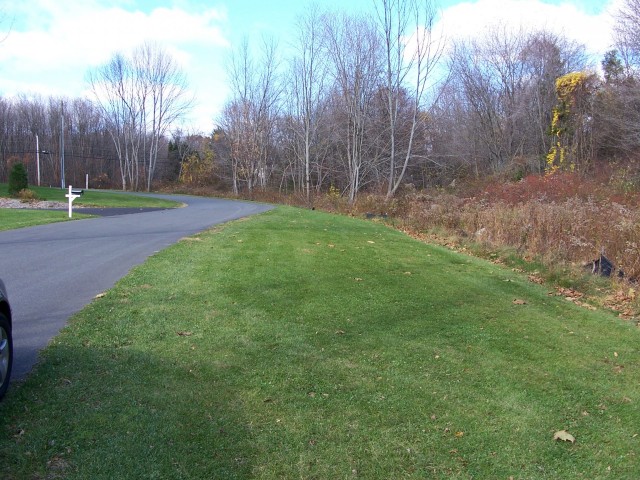
Vegetated Filter Strips
Vegetated filter strips are a simple, low maintenance LISD system for use along roadways and parking lots to filter runoff, thus reducing pollutant loads while encouraging infiltration. Filter strips are areas of grass with a minimum width of 25’ on slopes less than 6% which are located off the downhill side of an impervious area to accept un-concentrated overland flow from the impervious surface. A stone diaphragm or level spreader can be utilized at the edge of the pavement to convert concentrated flow into un-concentrated flow prior to being discharged to the filter strip. Soil tilling and/or soil amendments in the filter strip area are often necessary to improve the infiltrative capacity of disturbed soils commonly found along roadways and parking areas. Grass surfaces are maintained at a 3” height to maximize water quality treatment. Filter strips are cost effective to install and maintain over the long term.
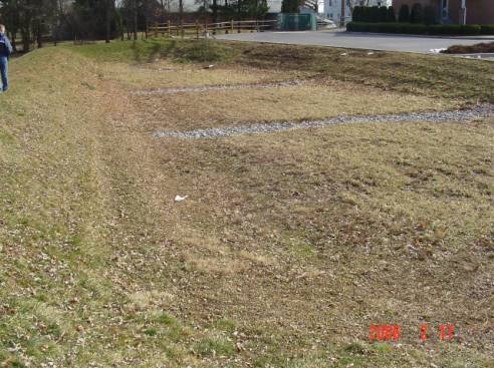
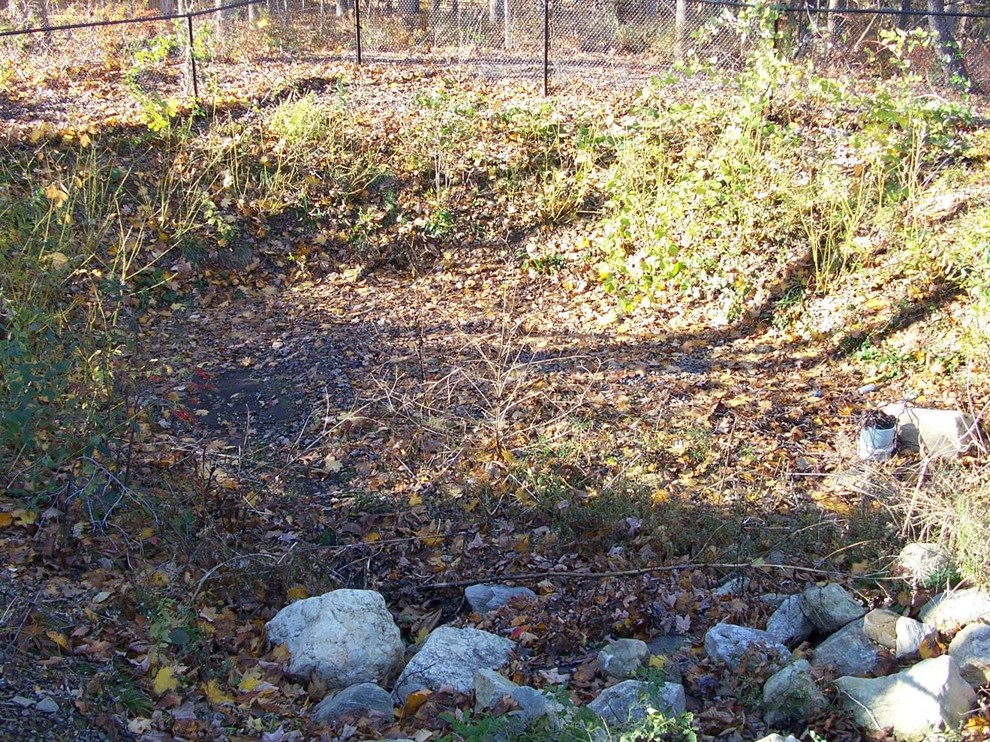
Infiltration Basins
Infiltration basins are designed primarily as a water quality treatment system to reduce pollutant loads as well infiltrate runoff associated with the 90% rainfall event. These systems are generally large, flat, open systems constructed in well-drained sands. They are planted with drought tolerant grasses. In some instances if the drainage areas is small enough, they can be used at the end of a conventional pipe drainage system to filter and infiltrate runoff. They are not commonly used due to the land area necessary to construct them. To prevent the introduction of fine sediments into the system which could clog the infiltrative surface, a pre-treatment device, such as a forebay shall precede the infiltration basin.
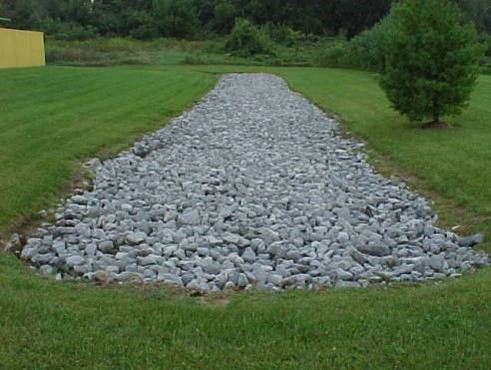
Infiltration Trenches
Infiltration trenches can consist of excavated trenches filled with crushed stone or some type of man-made storage systems, such as concrete galleries or plastic gallery systems and are designed to function like an infiltration basin for the 90% rainfall event. They must be located in well drained sand or sand & gravel soils to function properly over the long term. To prevent the introduction of fine sediments into the system which could clog the infiltrative surface, a pre-treatment device, such as a forebay shall precede the infiltration trench. (photo: inf-trench)
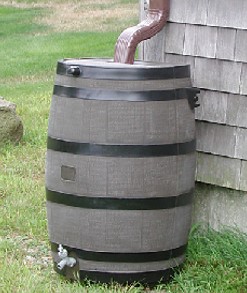
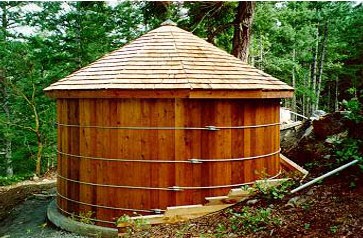
Rain Barrels & Cisterns
A key approach of LISD is looking at rainfall as a resource and not something to be gotten rid of. Recycling and reuse of rainwater for non-potable uses, such as irrigation of landscape areas, and washing of vehicles reduces the demand of potable water for this uses. Both rain barrels for residential roof runoff and larger scale cisterns for commercial applications are a great way to reuse the resource while not wasting potable water.